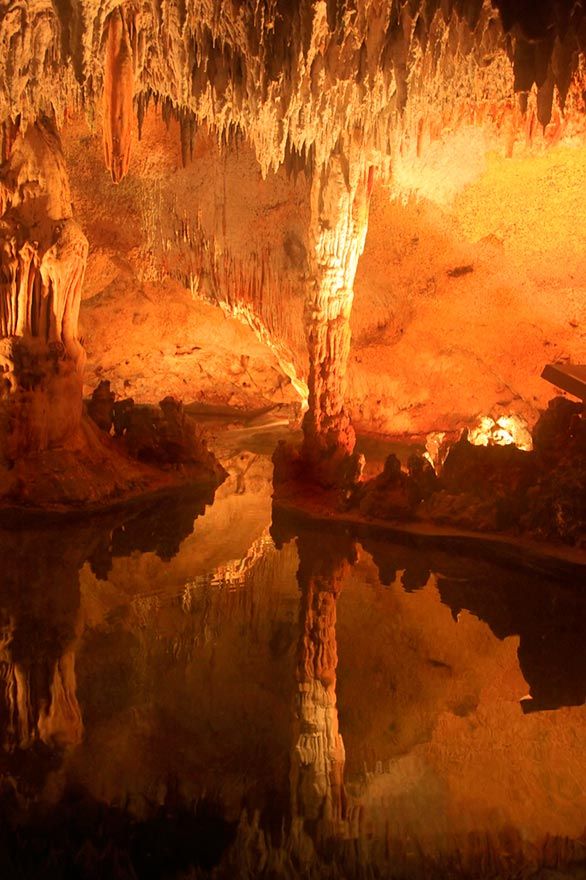
08 Jul Cave of Wonders – Discover the Island’s History
Cave of Wonders – Discover the Island’s History
Surely when you think of the Dominican Republic, the first thing that comes to mind are endless white sand beaches lapped by crystal clear waters surrounded by incredible coconut trees. While this dreamy landscape does exist, if there is one thing that characterises the Dominican Republic is that no matter how many times you visit it, there will always be something left to surprise you. Have you ever considered the option of exploring caves with impressive geological formations and mysterious Taíno paintings? Well, take note if you want to have a unique experience discovering the more unknown side of the country on your next holidays.
Where is the Cave of Wonders located?
It is very easy to get to the Cueva de las Maravillas, or Cave of Wonders in English. From Santo Domingo, you can take a bus that will drop you in La Romana in just two hours and 15 minutes. From La Romana, it’s a good idea to take a taxi so that you can get very close to your destination. Or if you’re coming from any other spot in the country, you can simply travel to Santo Domingo by public transport and then follow the same route from here.
It’ll be much easier to get here from other places like Punta Cana since it’s located closer to the caves. From here you can take a bus to La Romana and then also get a taxi to the specific point where the caves are located.
As always, there’s always the option of hiring a taxi service or renting a car. In this case, you should know that the cave is located on the San Pedro road, at kilometre 16, between San Pedro de Macorís and La Romana, in what is known as the Cueva de las Maravillas National Park.
What to see in the Cueva de las Maravillas National Park
The Cave of Wonders (“Cueva de las Maravillas” in Spanish) was previously known as the Cueva Jaguar until 1949 and is famous for its geological formations and for being a gallery of authentic Taíno art.
The most famous areas of the cave are the gallery of pictographs and the Great Panel. The first part consists of an artificial lake that reflects the top of the cave like a mirror. The Great Panel has the most important rock painting in the entire cave, which represents a funeral ritual, although it also includes all kinds of other scenes painted by the Taínos.

Throughout the cave, you can enjoy more than 500 paintings and engravings, where you will be struck by the intensity of the reddish and black tones that characterise the drawings in this cave. Among them you’ll find several paintings classified as abstract, but there are others in which animals, geometric shapes or even human figures and faces can be identified. Why would the ancient Taínos paint all this? It’s nothing short of a mystery that will leave you wanting to learn even more about the history of the Dominican Republic.
How to visit the Cave of Wonders
If there is one thing that this cave has, it’s that it is perfectly equipped to be comfortably visited by anyone. It has several ramps, adapted paths, good lighting and a lift to make the visit easier and ensure that nobody is excluded from the experience of exploring this gem of geological and rock art.
This means that it’s a suitable place for people with reduced mobility or for those who are somewhat older. And, of course, it can be visited with children since it’s not dangerous and your little ones will be amazed by the feeling of being in a cave located 25 metres underground with paintings that are between 4,000 and 5,000 years old. And not only that, but they will get to enjoy discovering the small animals that live inside the cave and that hide among the rocks: snakes, diplopods, toads and, the most populous species, the bats! You won’t want to deprive them of this incredible adventure because it’ll be a moment they’ll never forget.
Other important places nearby
If you decide to come and discover this cave and immerse yourself in the history of the Dominican Republic, you can also take the opportunity to discover other nearby destinations, such as El Soco, a small town with its quite “Sardine Beach”, or La Romana, one of the most important cities in the country and which has many attractions for you to explore on your next trip to the Dominican Republic.





No Comments